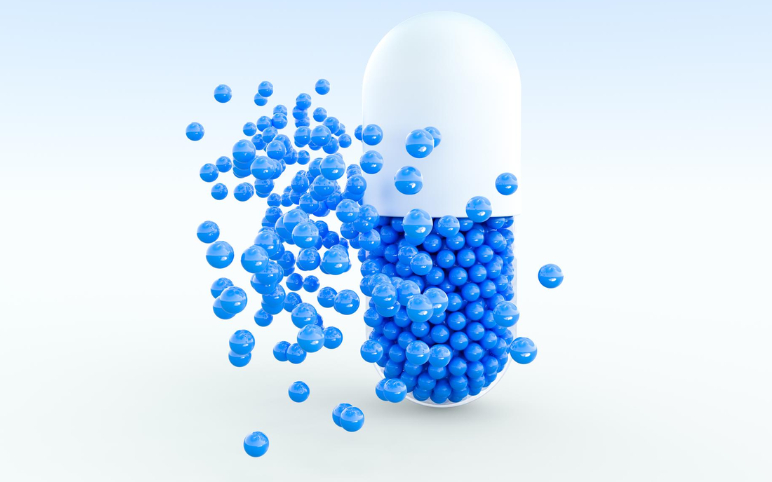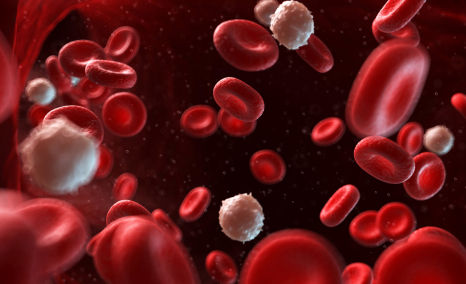Voltage-gated sodium channels are membrane proteins, a polypeptide chain of more than 1800 amino acids that conduct sodium ions at high rates. They are embedded in the plasma membrane and are actively present in the nerve and muscle cells used in the rapid electrical signaling. Nav channels are therapeutic targets for many cardiovascular and neurological disorders. The different subtypes of voltage gated sodium channel include Nav1.1, Nav1.2, Nav1.3, Nav1.4, Nav1.5, Nav1.6, Nav1.7, Nav1.8 and Nav1.9 channels.
Nav1.7 is involved in early phases of neuronal electrogenesis. Mutations in Nav1.7 channel can caused Familial Rectal Pain (FRP) and Paroxysmal Extreme Pain Disorder (PEPD) in humans. Studies by James Cox and Geoff Woods et al. have demonstrated that Nav1.7 leads to pain signaling and generation in humans. Mutation in T2573A and T2543C in Nav1.7 can cause primary erythermalgia. Nav1.7 acts as a promising target in the pain perception pathway. Blockers of Nav1.7 channels have great potential as analgesics, and therapy for the treatment of chronic pain including dental pain, pain associated with osteoarthritis, erythromelalgia, diabetic neuropathy, peroxymal extreme pain disorder (PEPD), neuropathic pain and ocular pain. Benzazepinone, amino-thiazoles, amino-pyridines and isoxazoles are inhibitors of Nav1.7 that provide the desired treatment for pain with fewer side effects. ProTx-II isolated from tarantula Thrixopelma prurient is blocker of Nav1.7 channels. Peptides that are present in venoms of snakes and spiders are also the source ion channel blockers.
Currently, there are some major companies that involved in Nav 1.7 blocker drugs development including Amgen, Biogen, Genentech, Teva Pharmaceuticals, and Sumitomo Dainippon. These companies are in initial phase of development with drugs either in Preclinical stage of development or in Phase I stage.



